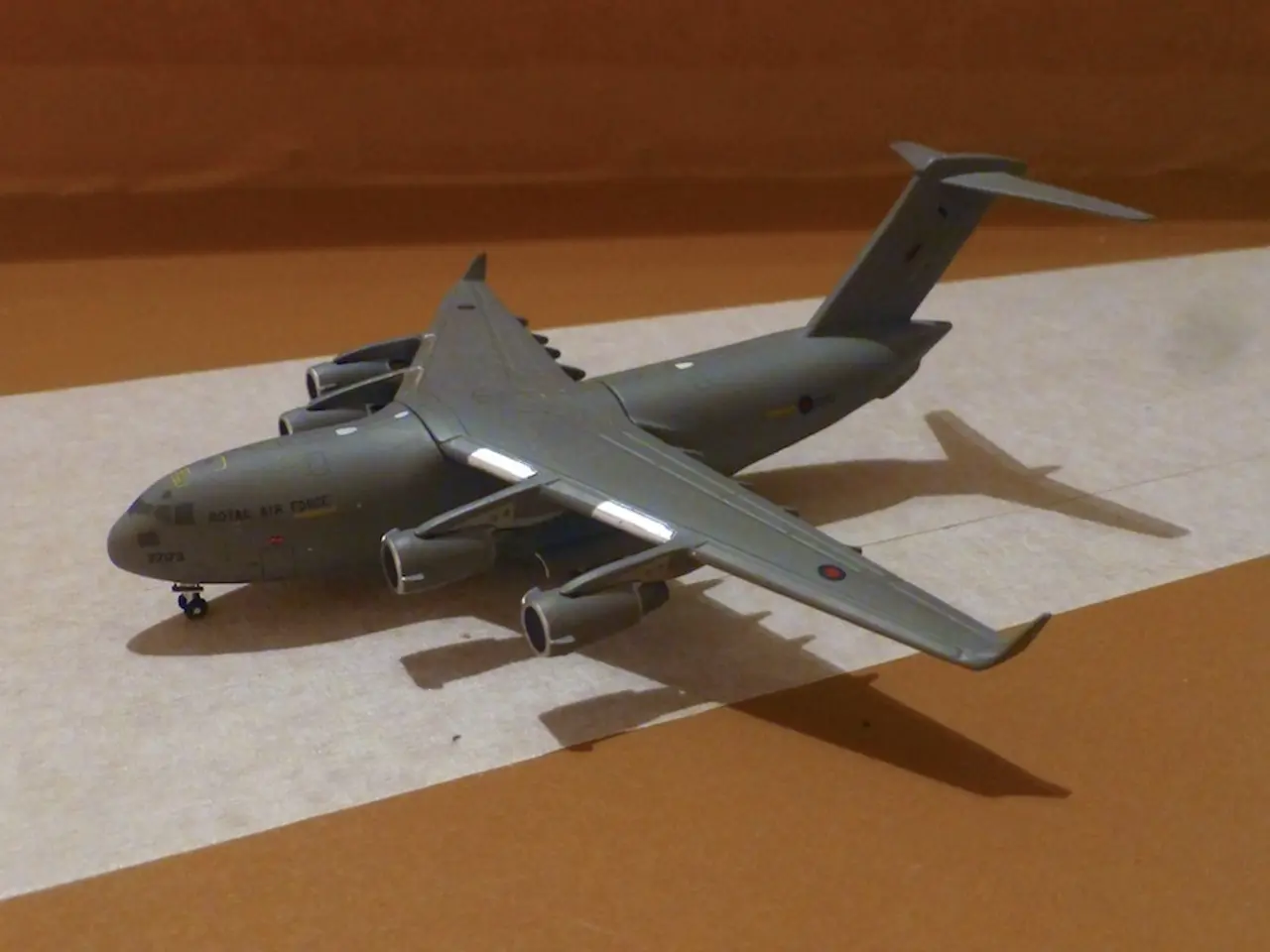NASA's X-59 Quiet Supersonic Jet Set for Maiden Flight
NASA's X-59 Quiet Supersonic Research aircraft, developed by Lockheed Martin, is set to take its maiden flight. Safety is paramount as the team prepares for this significant milestone in aviation history.
The X-59, designed to produce a quiet 'thump' instead of a traditional sonic boom, will initially perform a low-altitude loop at around 240 mph. This first flight aims to verify the integration of the aircraft's systems. The Flight Test Instrumentation System (FTIS) will record and transmit data from onboard sensors and avionics, adding to the over 8,000 files already generated over 237 days of testing.
The aircraft boasts multiple backup systems for electrical, hydraulic, and engine restart, ensuring a safe flight. It also uses a digital fly-by-wire system to maintain stability and prevent unsafe maneuvers. For high-altitude flights, the pilot will wear a counter-pressure garment and use an ejection seat as safety measures. Subsequent test flights will gradually increase altitude and speed, ultimately exceeding the speed of sound.
With its first flight nearing, the X-59's network of safety systems instills confidence in the pilot and engineers. The initial flight will focus on system integration at lower altitudes, with future flights progressively pushing the aircraft's limits. NASA and Lockheed Martin are committed to making supersonic travel quieter and safer.
Read also:
- "Eco-Scam": Unveiling the Truth about Electric Vehicles
- European transportation's sustainability and competitiveness rely on a "green industrial agreement" that serves the interests of both corporations and residents, as discussed in an Editorial from August 2024.
- Indian Oil Corporation's Panipat Refinery secures India's inaugural ISCC CORSIA accreditation for Sustainable Aviation Fuel production
- Putin's CTBT Move Threatens Global Nuclear Order







